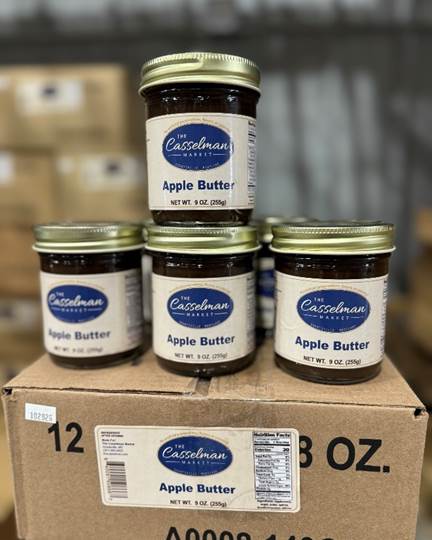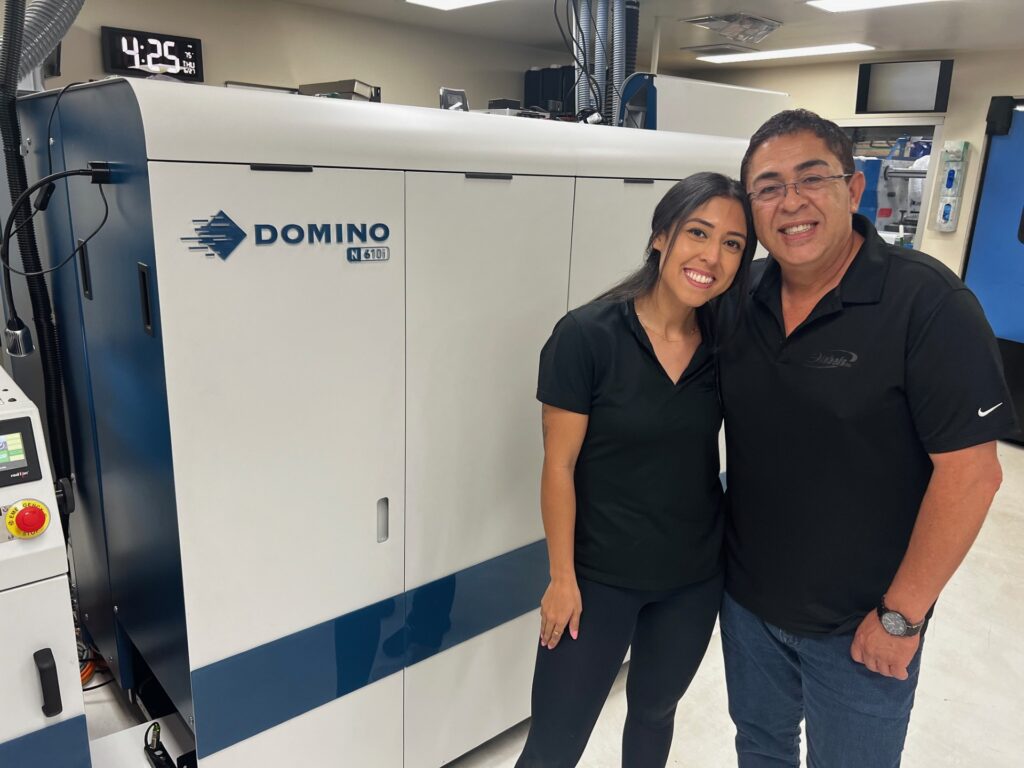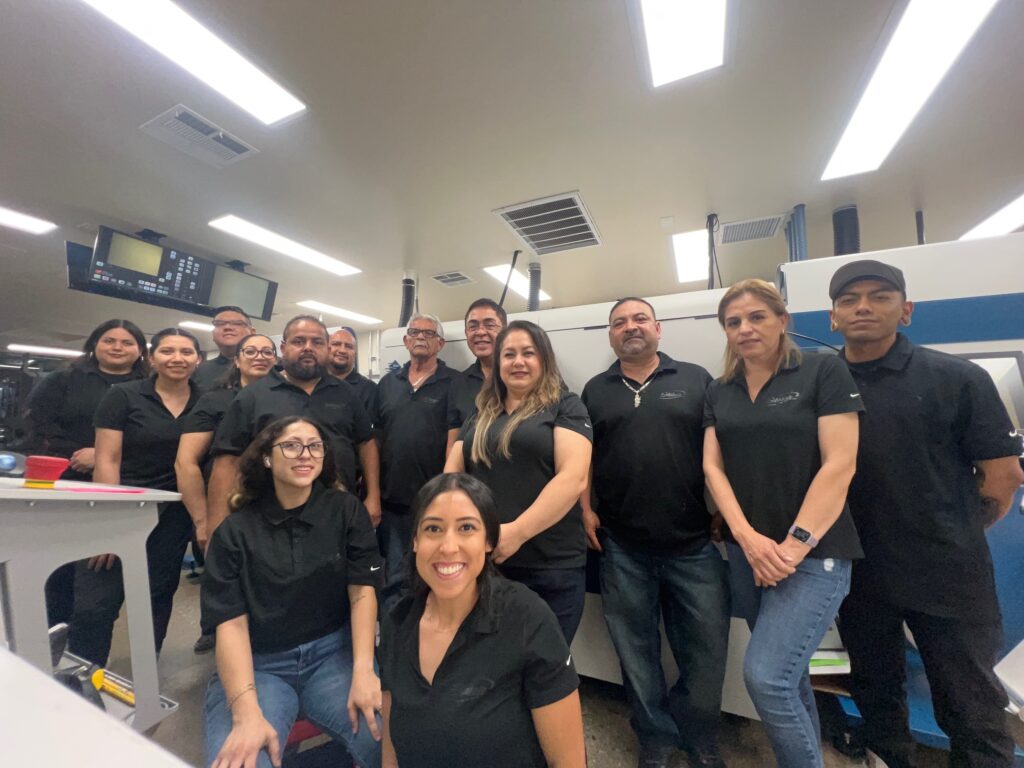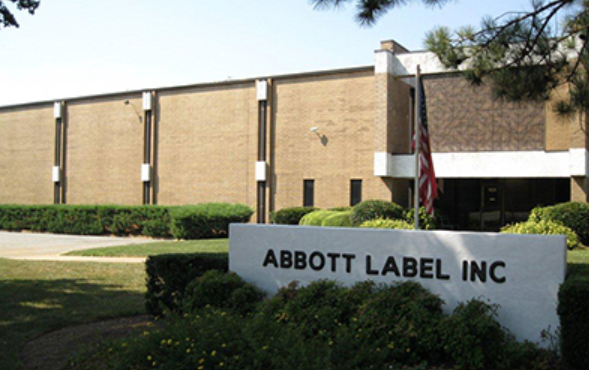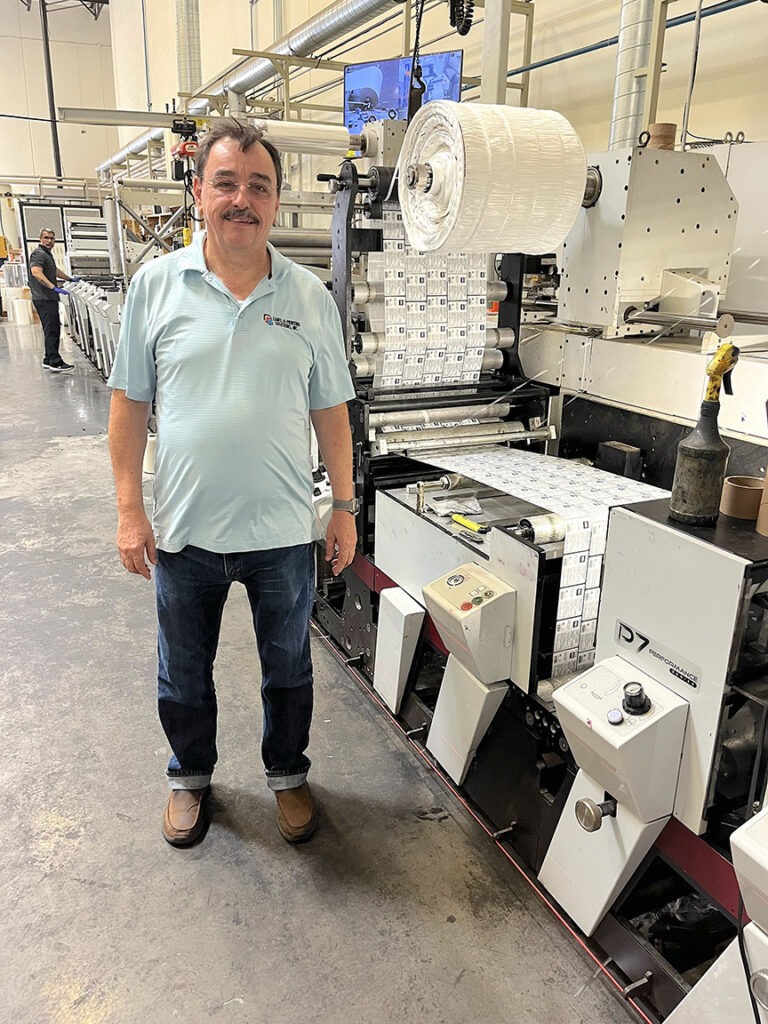TPM Graphics Strengthens Partnership with HEIDELBERG Digital Through Fifth Versafire Acquisition
By: TPM Graphics
Kennesaw, Ga. December 11, 2024 – TPM Graphics, a full-service commercial printer in Arlington Heights, IL, recently installed a new Versafire LV from HEIDELBERG. This latest addition complements a Versafire EP installed in 2021. Designed to manage substantial monthly print volumes, the Versafire LV allows TPM Graphics to optimize its workload as it increasingly shifts towards digital production. This installation marks the company’s fifth Versafire purchase since 2013, underscoring its confidence in HEIDELBERG’s digital solutions and its commitment to delivering high-quality printed products for its clients.
TPM Graphics, who specializes in printing for the healthcare and insurance industries, recently completed upgrading and expanding various parts of its “production arsenal.” Started in 1985, the company began digital print production nearly fifteen years ago and installed its first HEIDELBERG digital press a few years later. Since then, TPM Graphics has regularly upgraded to the newest Versafire model at the end of each lease term, valuing the continuous technological advancements from HEIDELBERG as well as the reliable service and support it provides.
Its newest Versafire LV replaces an older model and allows the company to further enhance its digital production. Specializing in direct mail production, TPM Graphics manages a significant volume of variable data content. Now equipped with matching capabilities on both of its Versafire machines — like production of sheets up to 13 x 27.5 inches and 24 pt. in thickness — TPM Graphics can now efficiently schedule jobs across its equipment, which has helped the company significantly improve its turnaround times.
With faster run speeds and the ability to produce a monthly average of 140,000 A3 pages, the Versafire LV is well-suited for longer print runs while also effectively managing the growing volume of short-run projects the company handles. Notably, the company has observed a growing demand for unique QR codes that direct end users to personalized URLs.
“HEIDELBERG continues to close the quality gap between digital and offset printing with each generation of Versafire,” said Paul Mongoven, President of TPM Graphics. The technological advancements and improvements in quality have led the company to transition more jobs from offset presses, with digital production now making up nearly 40% of its business, up from 30% just two years ago. With greater production flexibility, Mongoven noted that his “clients’ budgets” now determine which printing process is used for their projects.
The company employs a full range of HEIDELBERG solutions, which also includes the Suprasetter CtP, POLAR cutters, a Stahlfolder, Prinect workflow, and Saphira consumables. “We remain committed to our partnership with HEIDELBERG across all aspects, from color management to bindery,” said Mongoven. “As we both evolve, we intend to continue growing with HEIDELBERG, especially their digital offerings, which allow us to deliver the high level of quality and speed that our clients demand.”
About TPM Graphics
Since its incorporation in Illinois in 1985, TPM Graphics has grown from a one-press shop into a full-service operation. The company prides itself on the relationships it has built over 39 years of service and dedication to its customers. A complete source for every business communications need, TPM Graphics has always been on the leading edge of technology – understanding that an investment in technology can actually save money by improving efficiencies.
